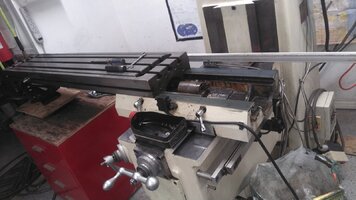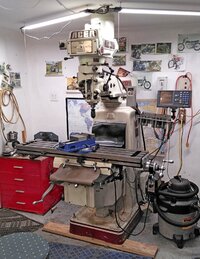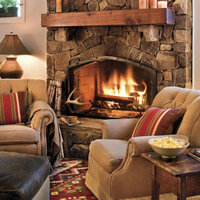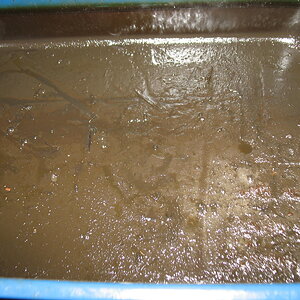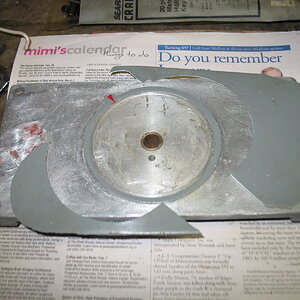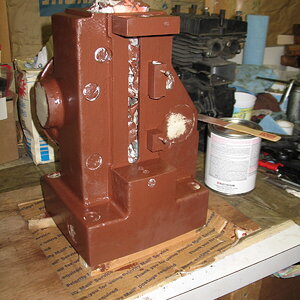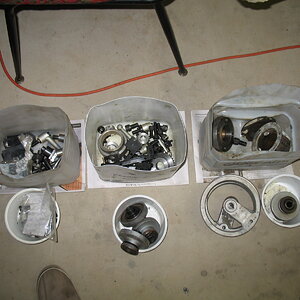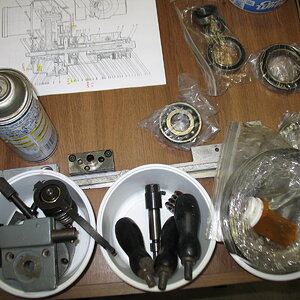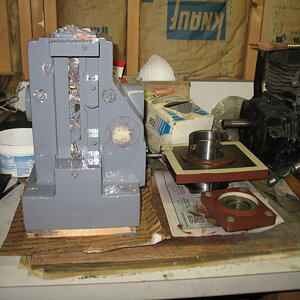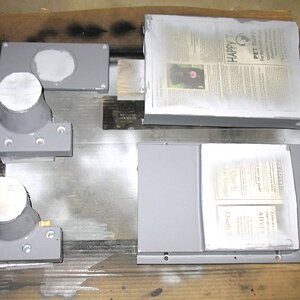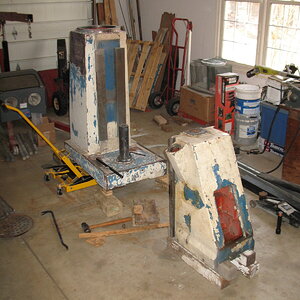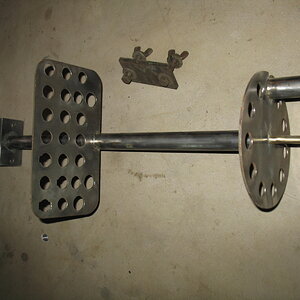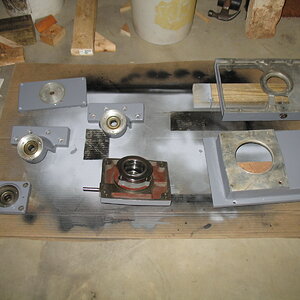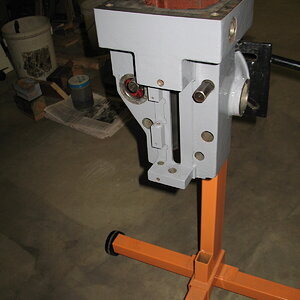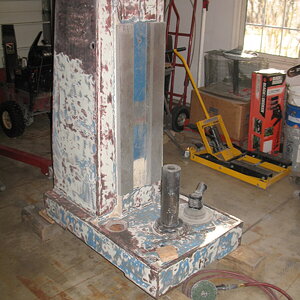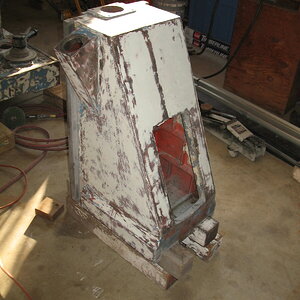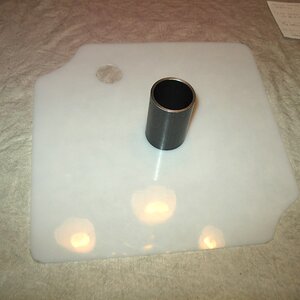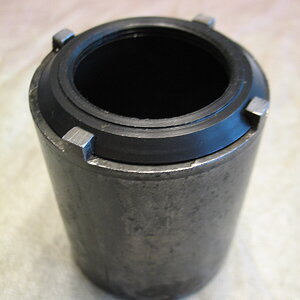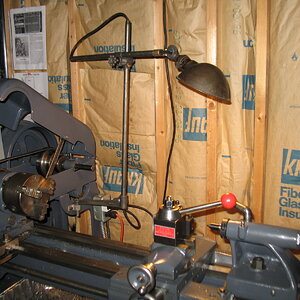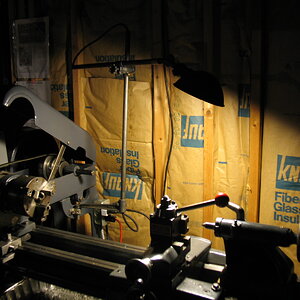For those not interested in all the gory details of how this came about, skip directly to post #2 for the Readers Digest version. For those folks interested in ALL the gory details, read on…and consider yourself warned!
The backstory is that my longtime friend had, over the years, acquired three vertical mills. Mill #1 was a small benchtop mill that, while useful as a starter machine, had limited abilities. Next came mill #2, a full size Bridgeport clone to replace #1 with something more capable. Shortly after completing the disassembly of mill #2, a deal for mill #3, a CNC machine came up that he couldn’t pass on. Fast forward a few years (Ok, 10 years) and my friend needs room in his workshop and mentions a few times that he is considering getting rid of the disassembled mill. I have wanted a mill for a long time but never really considered it as realistic given my lack of space, lack of means of transport and lack of willingness to part with the cash it would take to purchase, transport and tool-up one, not to mention I have ZERO experience using one. So this is waaay outside my wheelhouse in my mind.
I called on Christmas Day to wish my friend and his wife a Merry Christmas and I hear his wife in the background talking to him. He says, “She wants to know why you won’t take a mill?” My friend adds, “So why won’t you take a mill?” I tell him my outbuilding has plenty of room but no power and I don’t think it will fit in the basement. While we’re talking he emails me the installation pages from the manual with dimensions and asks that I check. After some measurements and mentally removing the Parts Bike, rearranging some shelves and throwing out some disused stuff it seems it DOES fit and reasonably well at that. (excuse #1…eliminated) I then tell him I can’t transport it or afford to transport it 300 miles. He says he will bring it as he has a large trailer and diesel pickup. (excuse #2…eliminated) I tell him I have no means to unload it or get it in the basement. (It’s a walkout for those thinking I’ve totally lost my marbles.) Then he offers to bring his new tractor to help unload. I’m now completely out of excuses and have to agree, still with some lingering trepidation. The thought of such a large, heavy machine in the basement and assembling it while having ZERO experience running it, let alone assembling such a beast from a big pile of parts is intimidating to say the least. Next I ask him how much such a project will cost me. He says, “You come to my (presumably distant) funeral and feed me and we’re good.” I won’t bore you with the details but after much negotiating he allows that I can pay his fuel and tolls AND he will take an old 70’s Williams Dealers Choice pinball machine project I have had for 20+ years. The deal is done!
The backstory is that my longtime friend had, over the years, acquired three vertical mills. Mill #1 was a small benchtop mill that, while useful as a starter machine, had limited abilities. Next came mill #2, a full size Bridgeport clone to replace #1 with something more capable. Shortly after completing the disassembly of mill #2, a deal for mill #3, a CNC machine came up that he couldn’t pass on. Fast forward a few years (Ok, 10 years) and my friend needs room in his workshop and mentions a few times that he is considering getting rid of the disassembled mill. I have wanted a mill for a long time but never really considered it as realistic given my lack of space, lack of means of transport and lack of willingness to part with the cash it would take to purchase, transport and tool-up one, not to mention I have ZERO experience using one. So this is waaay outside my wheelhouse in my mind.
I called on Christmas Day to wish my friend and his wife a Merry Christmas and I hear his wife in the background talking to him. He says, “She wants to know why you won’t take a mill?” My friend adds, “So why won’t you take a mill?” I tell him my outbuilding has plenty of room but no power and I don’t think it will fit in the basement. While we’re talking he emails me the installation pages from the manual with dimensions and asks that I check. After some measurements and mentally removing the Parts Bike, rearranging some shelves and throwing out some disused stuff it seems it DOES fit and reasonably well at that. (excuse #1…eliminated) I then tell him I can’t transport it or afford to transport it 300 miles. He says he will bring it as he has a large trailer and diesel pickup. (excuse #2…eliminated) I tell him I have no means to unload it or get it in the basement. (It’s a walkout for those thinking I’ve totally lost my marbles.) Then he offers to bring his new tractor to help unload. I’m now completely out of excuses and have to agree, still with some lingering trepidation. The thought of such a large, heavy machine in the basement and assembling it while having ZERO experience running it, let alone assembling such a beast from a big pile of parts is intimidating to say the least. Next I ask him how much such a project will cost me. He says, “You come to my (presumably distant) funeral and feed me and we’re good.” I won’t bore you with the details but after much negotiating he allows that I can pay his fuel and tolls AND he will take an old 70’s Williams Dealers Choice pinball machine project I have had for 20+ years. The deal is done!
Last edited:

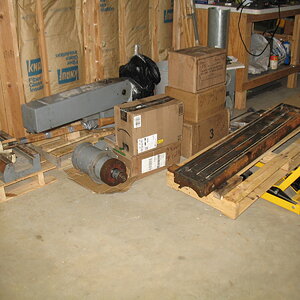
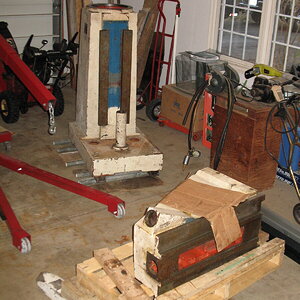
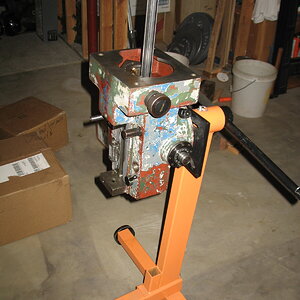
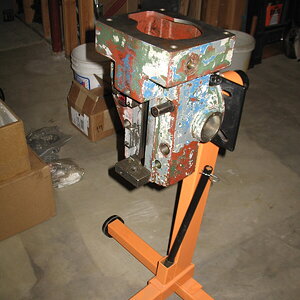
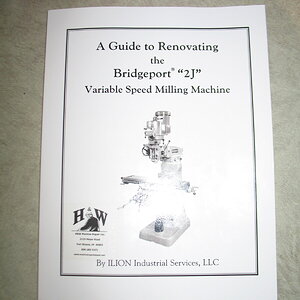
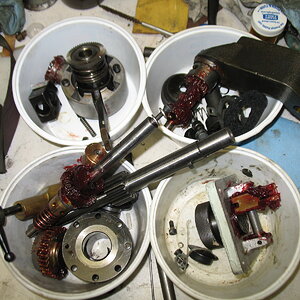
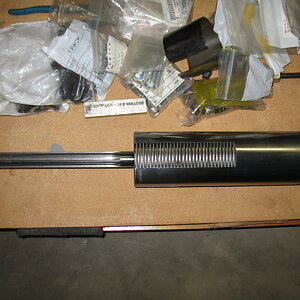
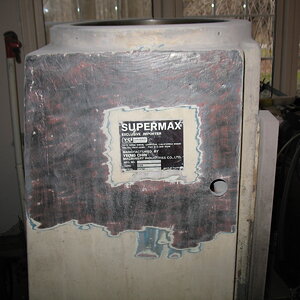
 Pay particular attention to the brake shoes. They are WAY buried once the head is assembled and a common wear area.
Pay particular attention to the brake shoes. They are WAY buried once the head is assembled and a common wear area.